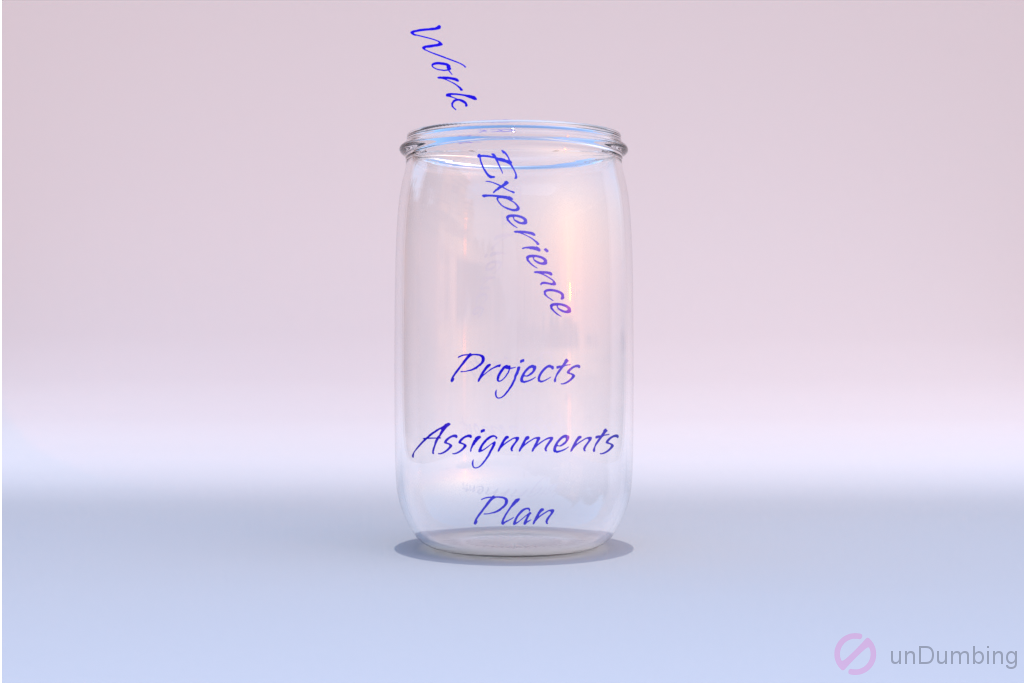High School Homeschool Media Arts Learning Plan (2021-2025)

Designing the learning plan is the easiest part. Executing the learning plan is the harder part. However, evaluating whether and how the goals were met, along with how well the learning and teaching processes went are the most valuable parts.
Below are links to what I’ll discuss today:
- My Story
- Designing the Learning Plan
- Executing the Learning Plan
- Continuous Improvement
- Lesson for Dumber Self
- Next Step for You
Customizing a homeschool learning plan to meet real-life work requirements is very exciting, but it is also a good use of resources. Below is an example:
My Story
To supplement my blog articles, I try to include visuals within them. Instead of using pre-made images, I would prefer to have them customized to the article, so they’re more relevant. If I hired an outside vendor, it would likely be costly. What’s an alternative?
For my son who is aiming to be part of the media arts industry, learning the technical and soft skills that would lead him to success with future clients and projects would be the goal. Where would a student learn real-life skills in an environment more tolerant of experimentation and extended lead time?
To provide a solution for me and my son, partnering together sounds like a win-win situation. The potential of me getting tailored art in exchange for investing more time and patience in my son’s learning process for his future is a worthwhile feat that I’m willing to take!
To meet the goal of teaching someone media arts means creating a plan for this. After that, we just implement the plan, right? Let’s see how the process started for us:
Designing the Learning Plan
I found many resources online to help me create the framework for the learning plan and find opportunities to reinforce the subject matter.
Curriculum Standards
The government or other regulating bodies may have guidelines for a homeschool curriculum, so it’s important that those are met. For us, the standards for our State’s public schools and local school district were helpful references. According to the combined sources above, media arts coursework would count towards the following minimum subject requirements:
| Subject | Credits | Year(s) |
|---|---|---|
| Visual or performing arts, foreign language, or career technical education | 10 | 1 |
| Electives | 80 | Choose from Art, Business, Home Economics, Careers and Technology Education, English, Foreign Language, Math, Music, Industrial Technology Education, P.E., Reading, Science, Social Science, Safety Education, and Work Experience |
Learning Opportunities
Keeping the curriculum requirements and our son’s current knowledge and skills in mind, I used an extremely helpful website to draft a learning plan. For more details, click on the link to the Technology Curriculum section of the Freedom Homeschooling website that lists free resources!
Below is the current plan that we have for our son:
| Grade | Courses / Quizzes / Assignments / Projects / Presentations / Work Experience |
|---|---|
| 9 | Courses: 1. Creativity 2. Use Information Correctly 3. Digital Photography Quizzes: 1. Use Information Correctly 2. Digital Photography Photography Assignments: 1. Any shot 2. Night Photograph 3. Moving Object Shot 4. Landscape Photograph 5. Close-up Shot Work Experience: 1. 1 Hour Per Day |
| 10 | Courses: 1. Design in the World Around Us 2. Digital Design – Digital Imaging 3. Job Success Quizzes: 1. Digital Design – Digital Imaging 2. Job Success Option 1 or 2 (Option 1) Project: 1. Integrate various arts, media arts forms, and content into unified media arts productions, considering the reaction and interaction of the audience and experiential design Courses: 1. Creating Basic Presentations 2. Delivering Presentations Presentation: 1. About the above Project (Option 2) Work Experience: 1. 1 Hour Per Day |
| 11 | Work Experience: 1. 3 Hours Per Day |
| 12 | Work Experience: 1. 3 Hours Per Day |
Executing the Learning Plan
To implement the learning plan, we’re using assignments, projects, and work demands as the basis for what our son will learn. Accordingly, we would know the goals and he could improve his critical thinking skills when extracting needed information from courses/reference materials. Additionally, as he experiences the real-life, hands-on scenarios, he will see and adjust the results, as needed. Lastly, our son will benefit from experiences, the learning resource that people learn the most from, as outlined in CommLab India’s article Time to Take Another Look at the 70:20:10 Model!.
As this is early in the homeschool experience, we’re ready to tweak our planning and teaching process as we continue. For now, below are the next steps in determining whether we need to make any changes:
Continuous Improvement
- Monitor the quality of and time it takes to achieve the results from the assignments, projects, and work requirements
- Review the overall learning and teaching experience
There are many things to learn in homeschooling, but one of the important ones is shown below:
Lesson for Dumber Self
- Instead of defaulting to a pre-made curriculum, look around and within yourself for experiences that can teach important points for a subject, since these would likely be extremely helpful when a student encounters related situations in the future.
What will you do now?
Next Step for You
- Create a student’s homeschool learning plan with plenty opportunities to master a subject through real-life experiences?
- Read another post on this site? (Go to the menu at the top of the page.)
